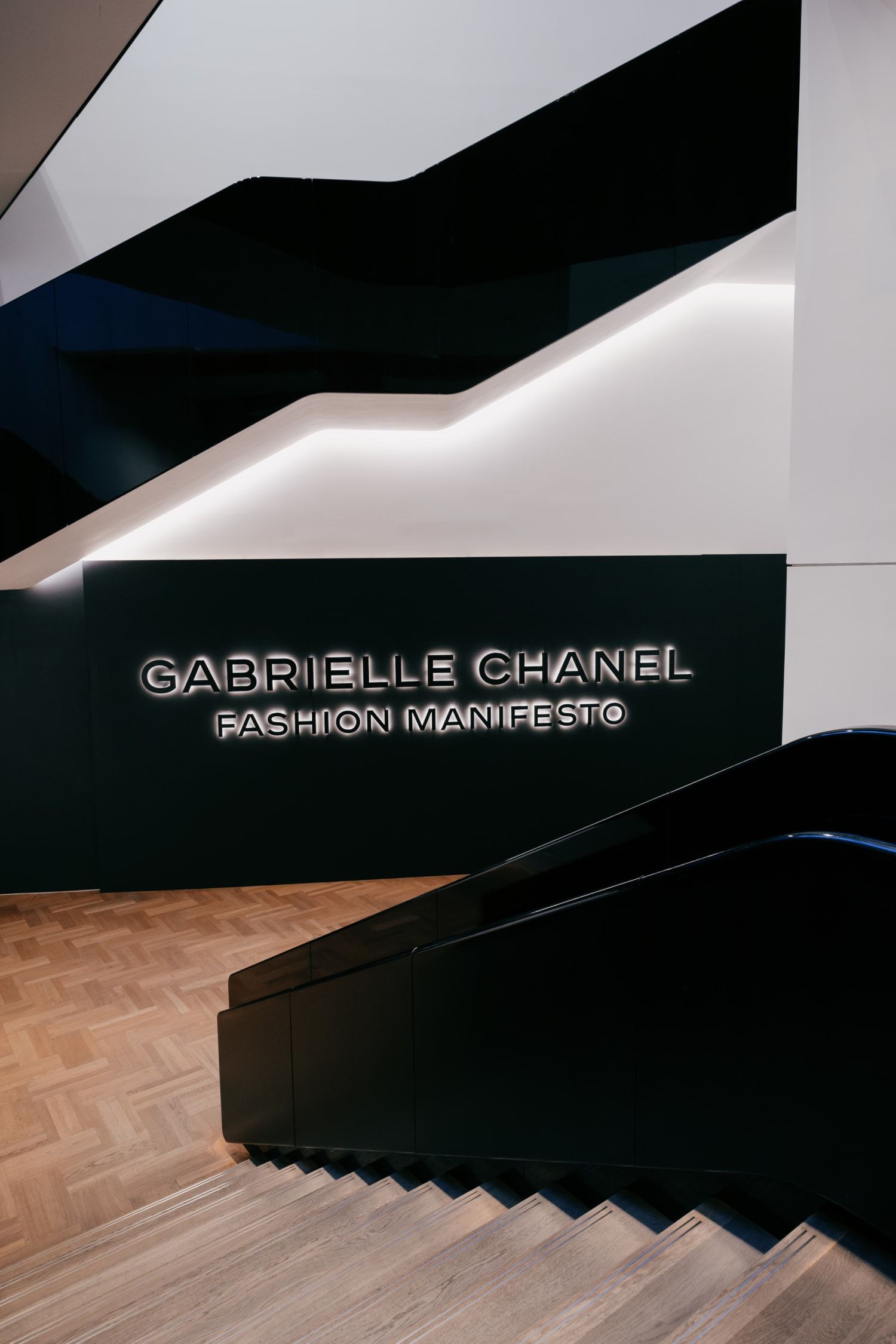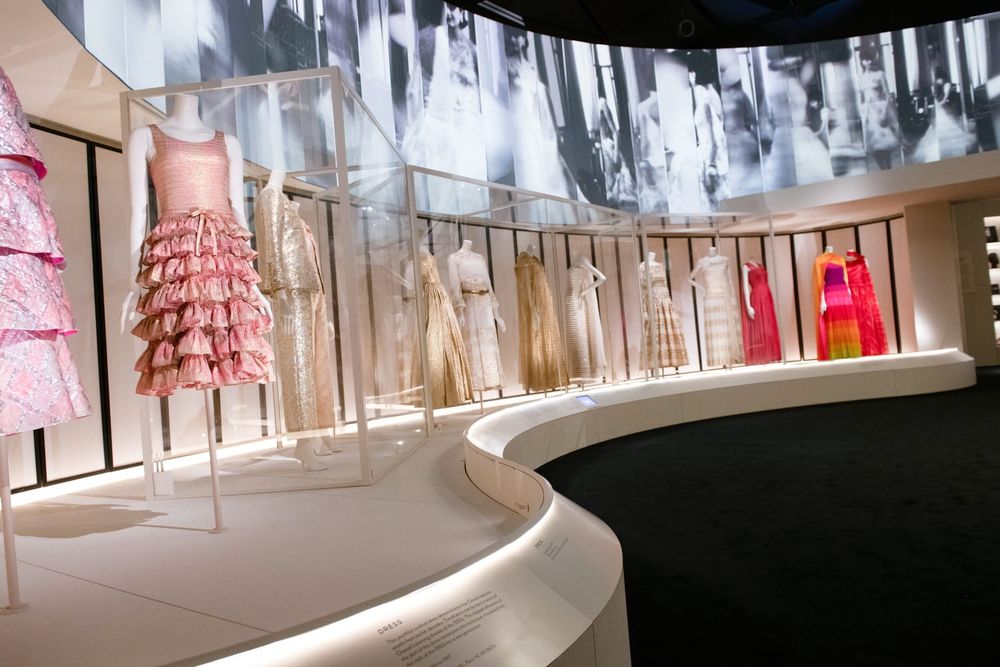
The Victoria and Albert Museum's latest exhibit, a triumph of elegance and historical depth, presents a first-of-its-kind homage to the legendary French couturier, showcasing over 200 of her designs.
Following its inaugural run in Paris and subsequent displays in Tokyo and Melbourne, this London showcase, openn until February 25th, 2024, has already captivated audiences, with tickets sold out swiftly.
Curated meticulously by Oriole Cullen, the exhibit extends beyond mere fashion; it's a narrative journey through Chanel's life and legacy. It's a mesmerizing walkthrough of her evolution, from opening her first Parisian millinery boutique in 1910 to the intricate details of her private and, at times, controversial life.

The exhibit comprises over ten sections, each a monochromatic tableau echoing Chanel's love for simplicity and elegance. It celebrates her revolutionary approach to fashion, advocating for a relaxed, casual chic favouring comfort over the era's restrictive corsets.
Connie Karol Burks, V&A assitant curator, speaking to The Independent, emphasized the intention to highlight Chanel's wider influence on fashion beyond her little black dresses and tweed suits, particularly her commitment to ease, simplicity, and freedom in design.

The exhibit carries a sentiment that is evident from the beginning. It starts with one of the designer's simple pieces, a silk jersey blouse with a sailor collar, and moves on to flowing frocks fitted with bows and pockets from as early as the 1930s, evening gowns, and Chanel's famous "Ford" little black dress that became a global staple for women. The exhibit also showcases lamé tunics with embroidered motifs and lavish, feather-trimmed embroidered coats.
The exhibition delves into Coco Chanel's connections with Britain, highlighting her friendships, such as with Winston Churchill, and her romantic involvement with the Duke of Westminster. These relationships significantly influenced her incorporation of British-inspired tweed and knitted jerseys in her collections.

Among the exhibit's highlights is an awe-inspiring room dedicated to Chanel's tweed suits, where 62 of these iconic pieces are artfully displayed in a floor-to-ceiling arrangement. Nearing the exhibit's conclusion, visitors encounter a meticulously recreated Rue Cambon staircase. Each step here is adorned with an exquisite evening gown, collectively showcasing the profound and almost overwhelming influence of Chanel's legacy in fashion.


The exhibition subtly underscores that Coco Chanel transcended her role as a mere fashion designer, revealing her as a visionary businesswoman. She was astute with the financial support she received from the influential men in her life, who ultimately influenced both her business and design choices.

In 1910, she opened her first Chanel boutique in Paris, backed by her British lover, Arthur "Boy" Capel. She later expanded with branches in Deauville and Biarritz, which propelled the sportswear style.

By 1918, Chanel had established her couture house at 31 Rue Cambon in Paris, where she quickly built her fashion empire, marketing herself as a symbol of modernity. A testament to her foresight is seen in the exhibit's travel-size cosmetics, such as a pot of vanishing cream labeled "Pour le weekend," showcasing her anticipation of future market trends.

In 1921, Chanel revolutionized the fragrance world with the launch of Chanel No. 5 and cleverly extended its scent to a range of products.

The original Chanel N.5

Chanel first learnt sewing during her convent upbringing as a child and teen. After leaving school, she found a seamstress job alongside her aunt in Moulins. Although she desired to become a singer, she only found moderate success in French cabarets, where she earned the nickname Coco.

After discovering that she didn't have the talent to pursue an entertainment career, she caught the attention of a wealthy textile heir named Étienne Balsan. She then relocated to Royallieu, a town in northern France where Étienne owned a chateau. Here, she began selling her hats to Étienne's friends.
The exhibition also confronts Chanel's more contentious history, including her liaison with a Nazi officer during World War II. While some documents suggest her involvement with the French resistance, others depict a more complex and ambiguous narrative, leaving visitors pondering her true allegiances.

While comprehensive, the retrospective chooses not to explore the Chanel brand after the designer's death in 1971, focusing solely on the founder's life and work. This decision, while understandable, leaves a lingering curiosity about the brand's evolution post-Chanel.
Overall, the exhibit is a testament to Chanel's visionary spirit and indelible mark on fashion and culture, a dazzling display of taste and innovation that leaves viewers both awestruck and introspective.








